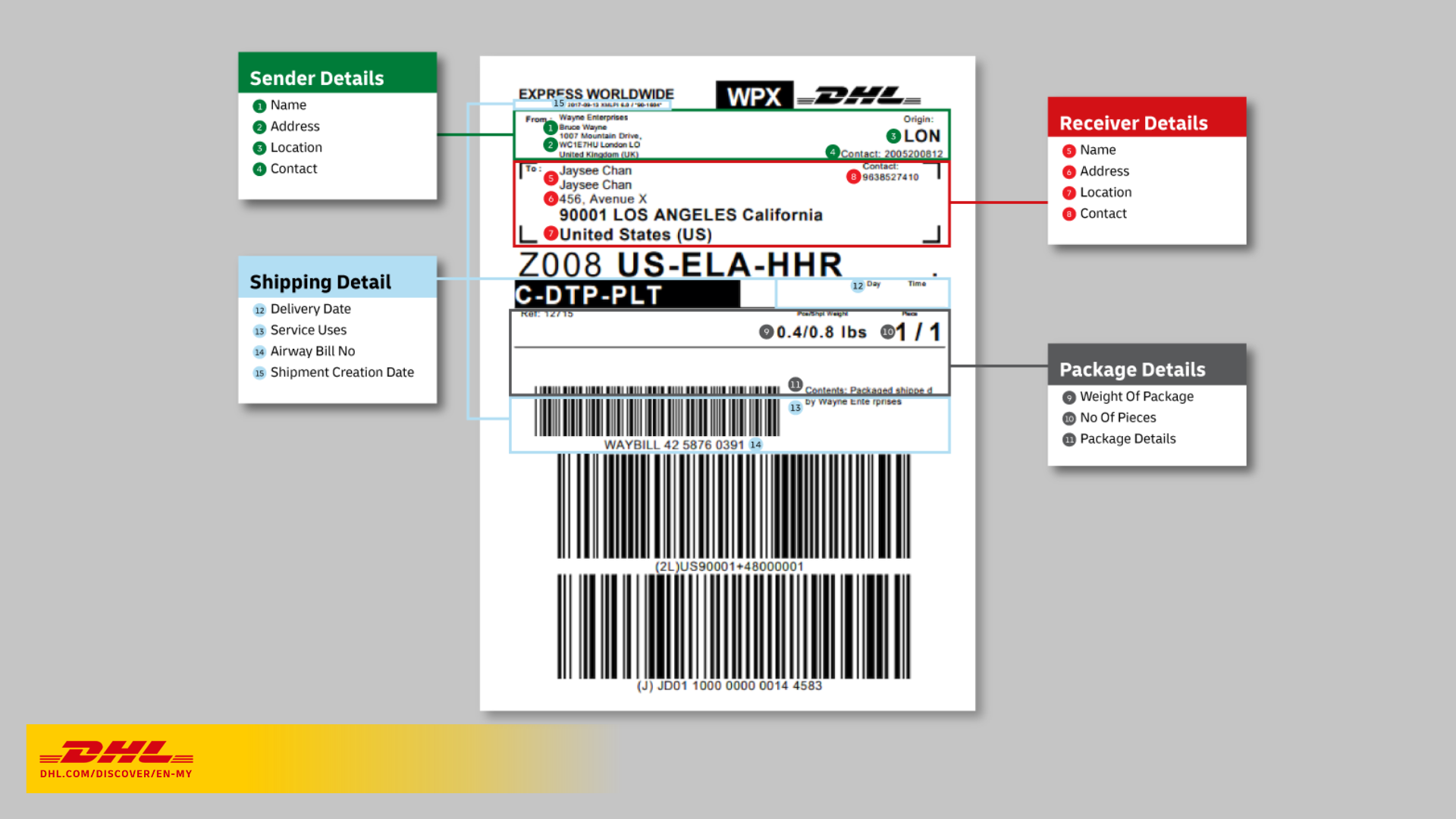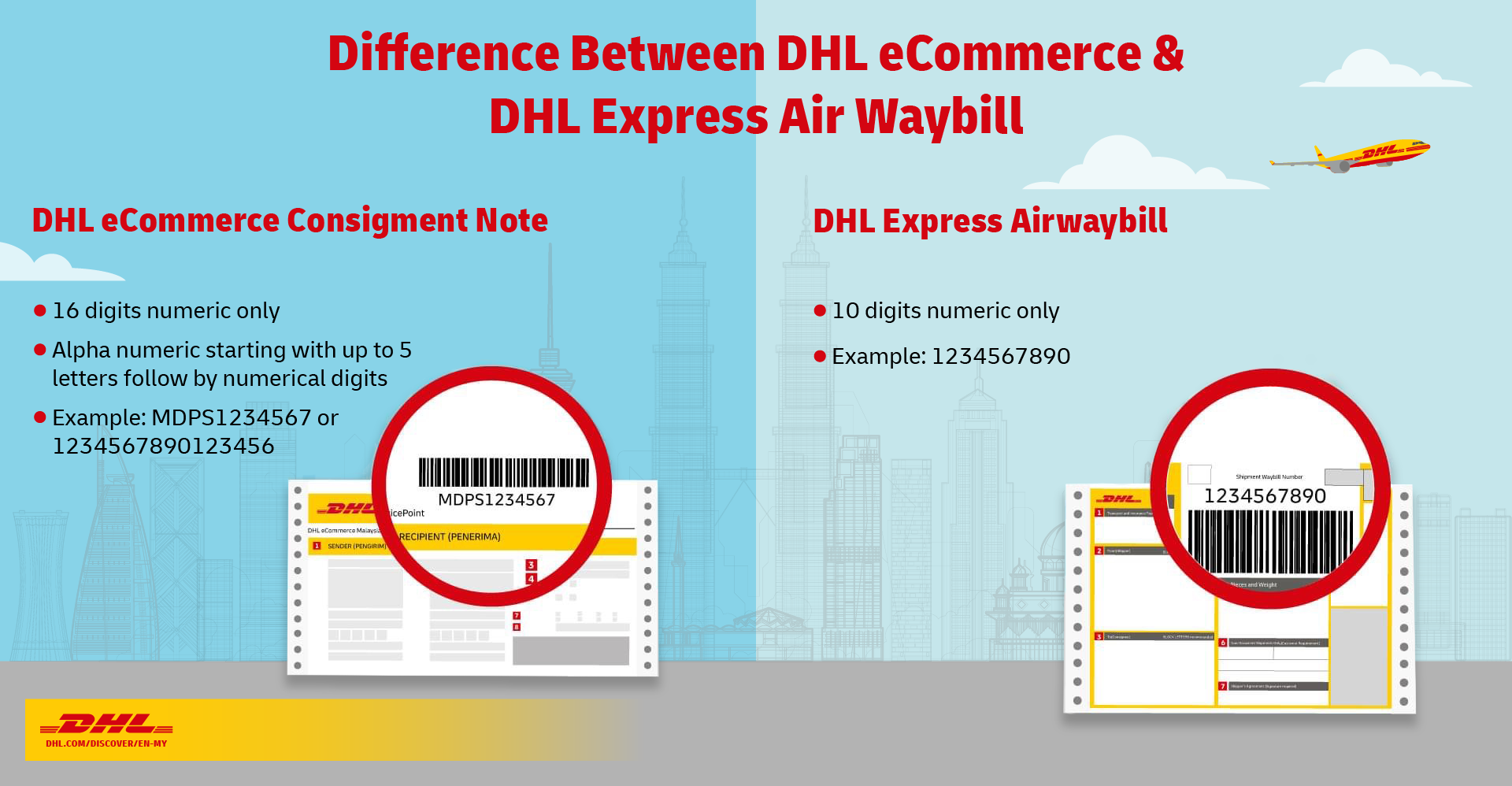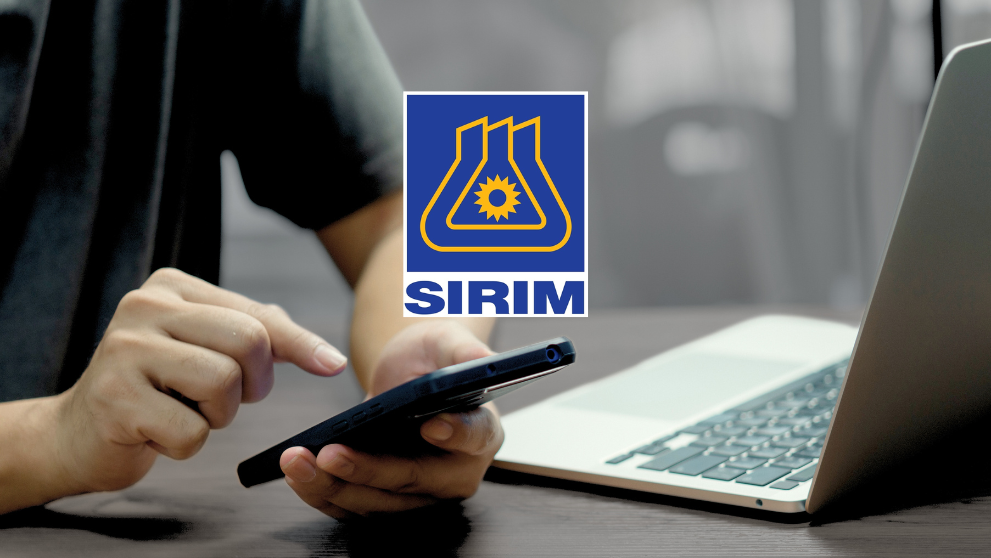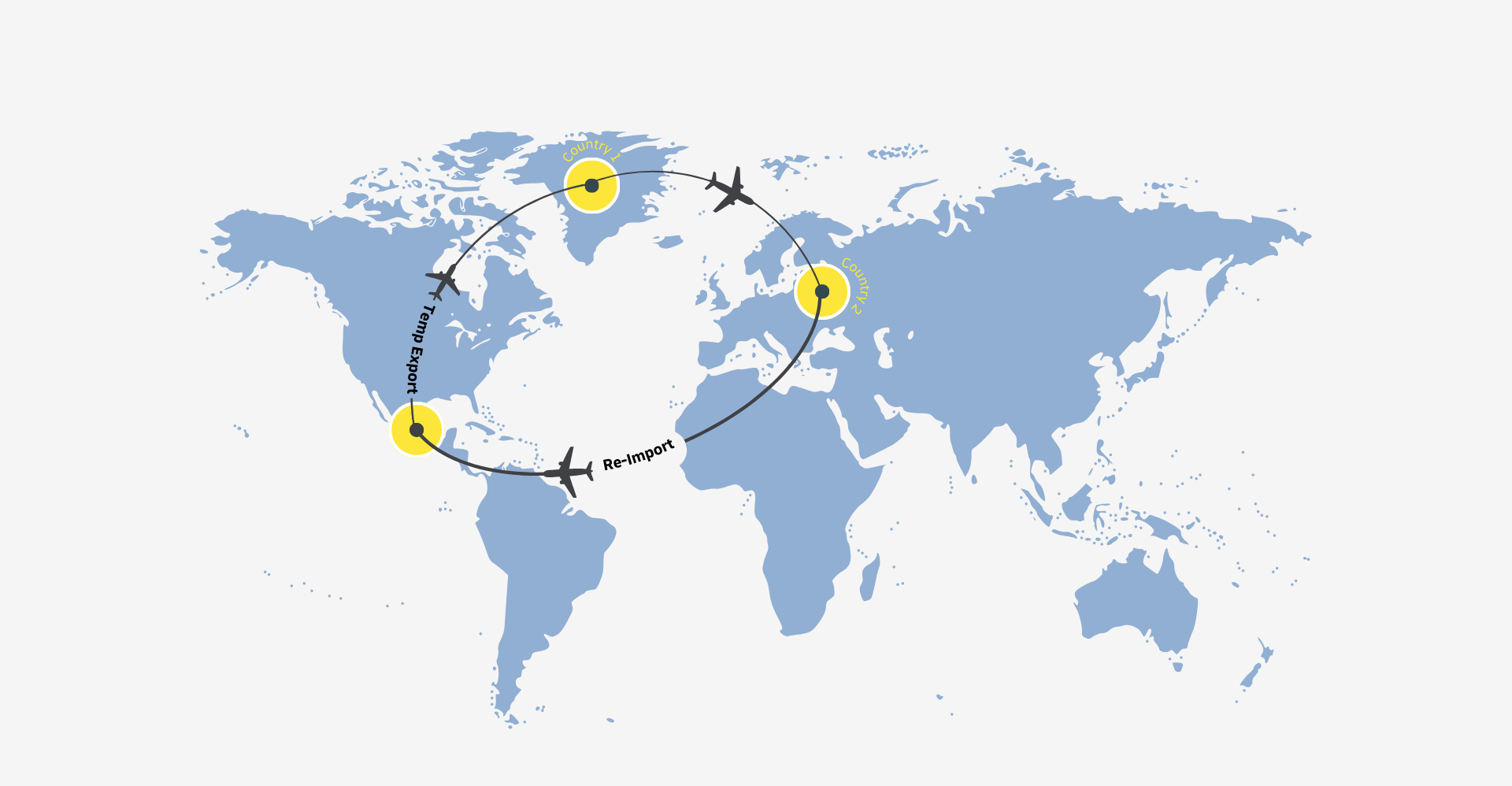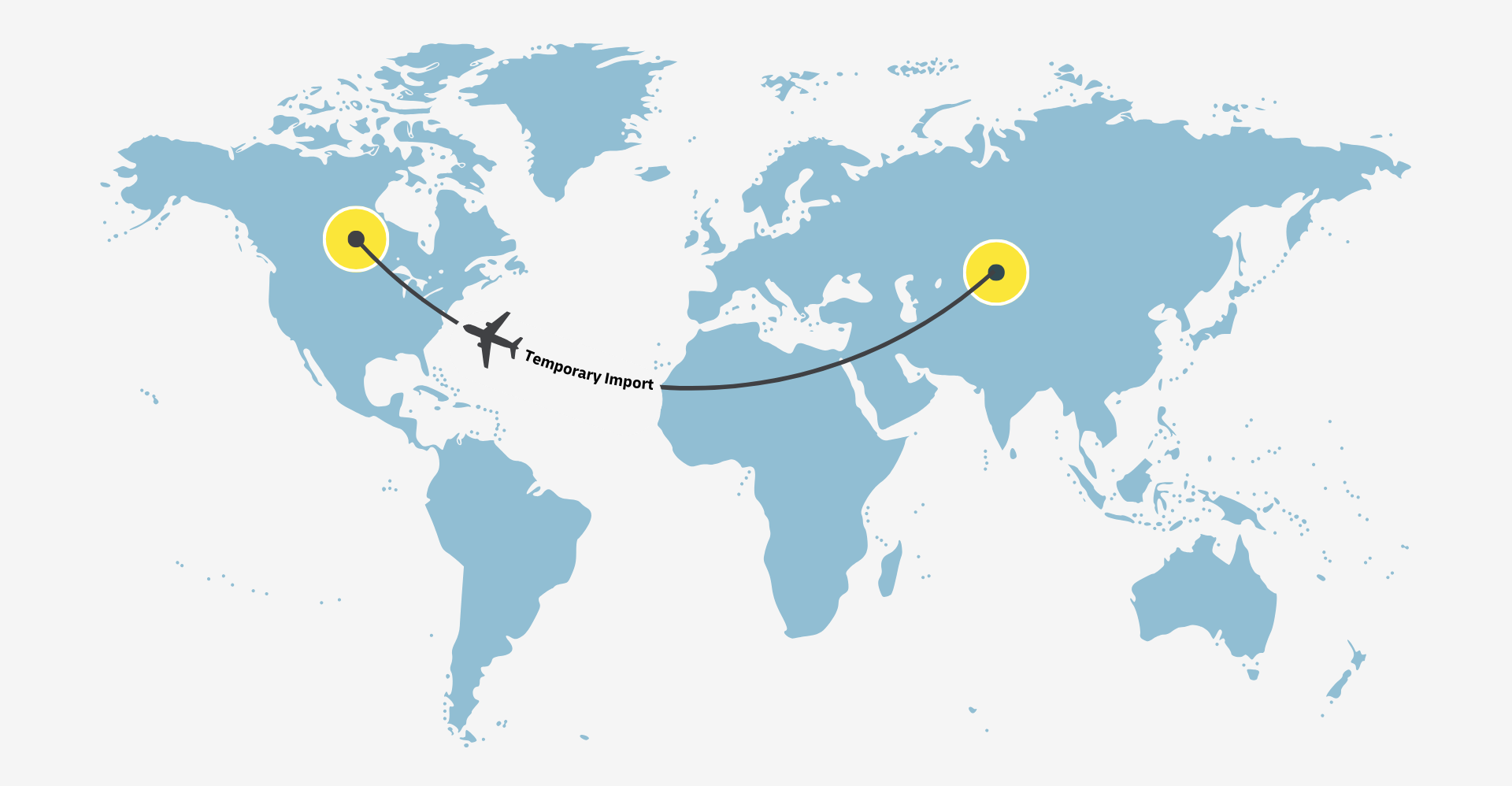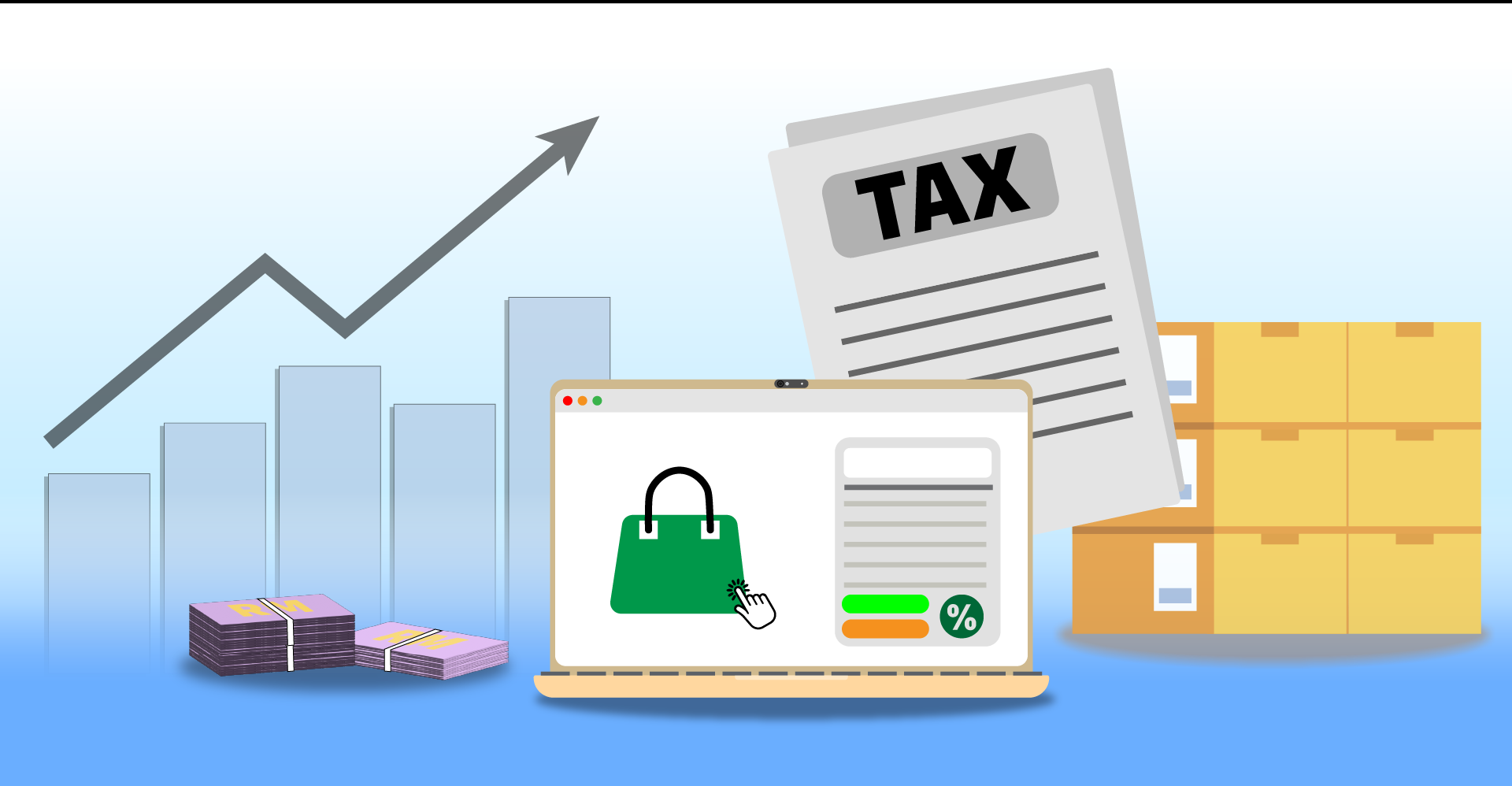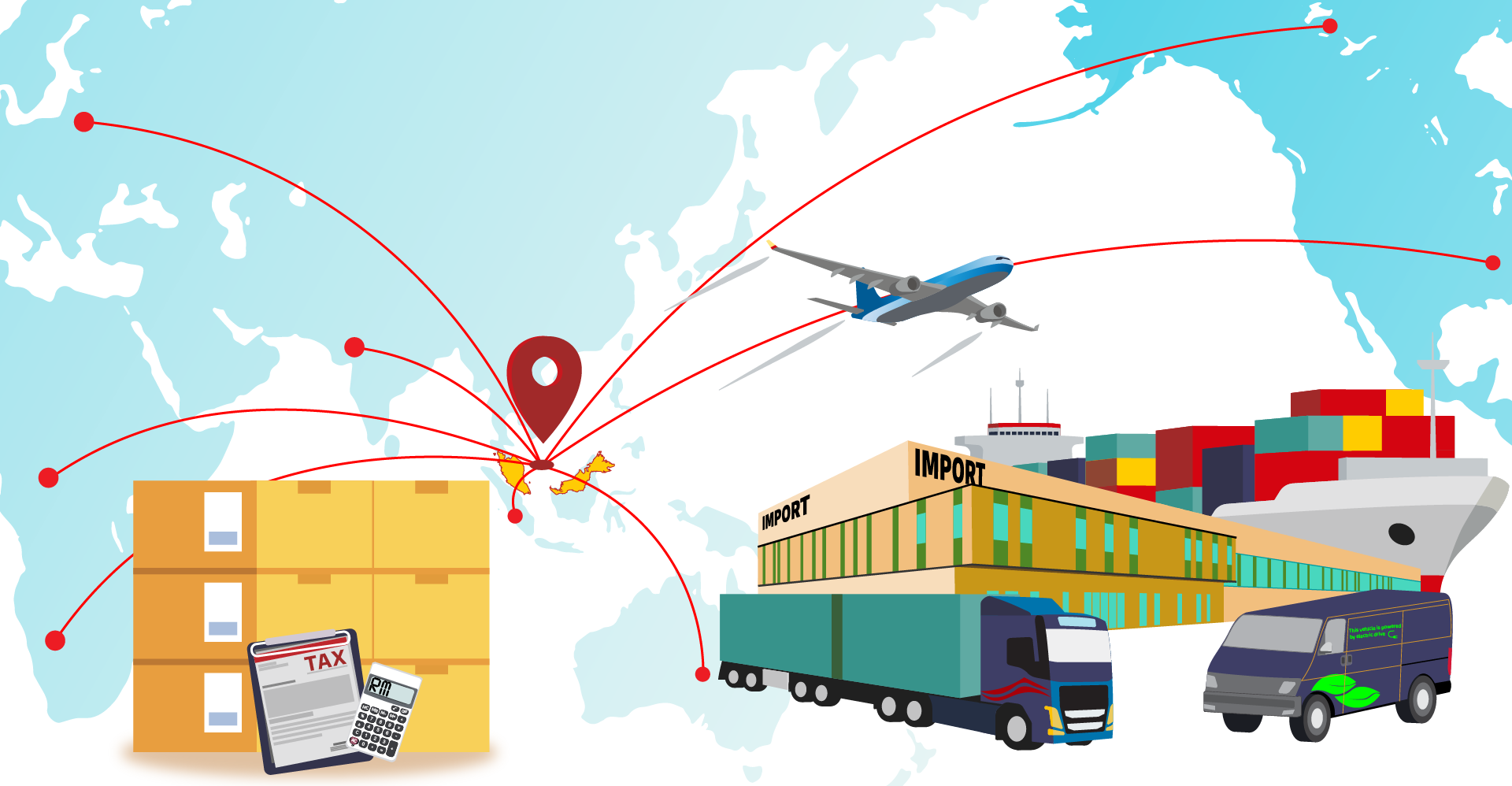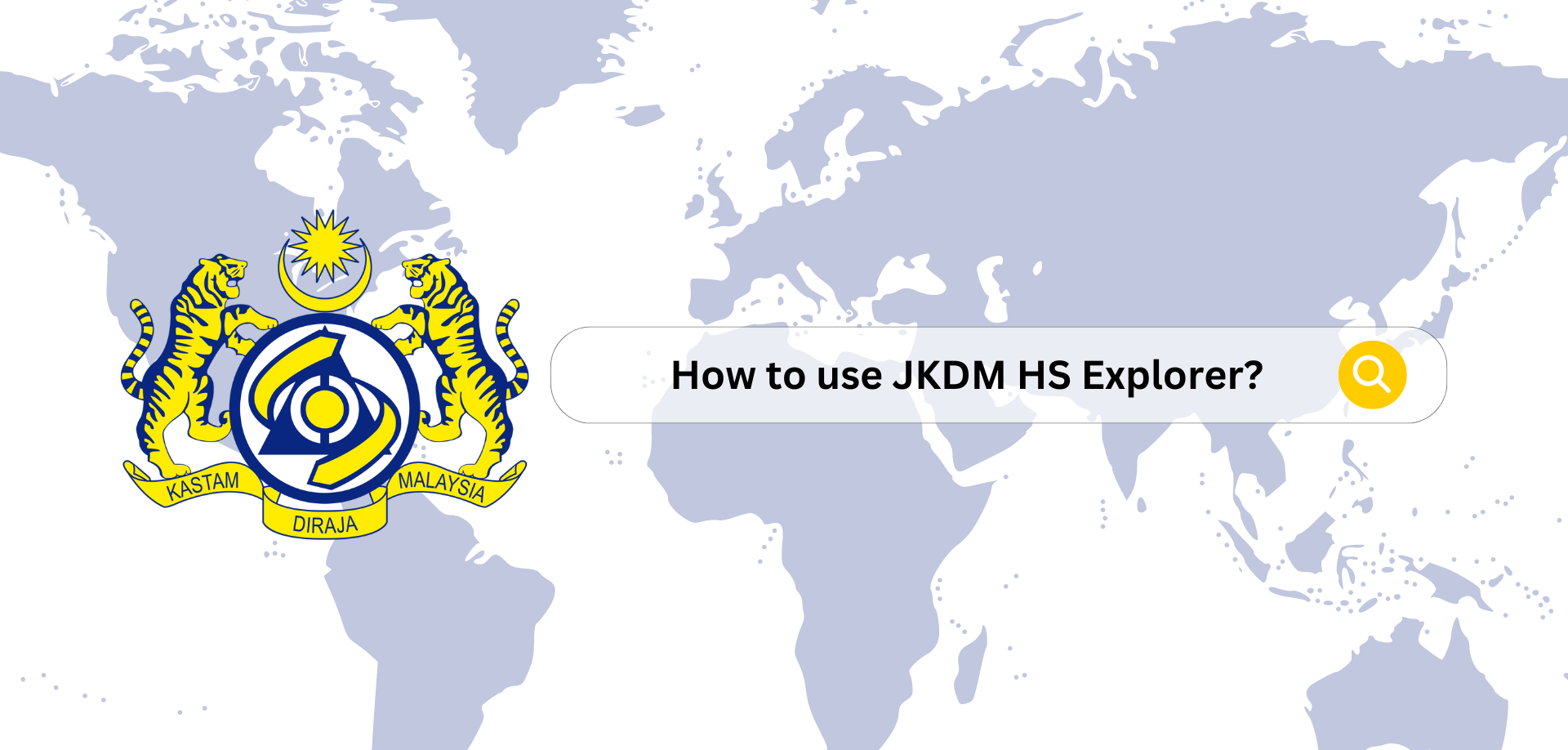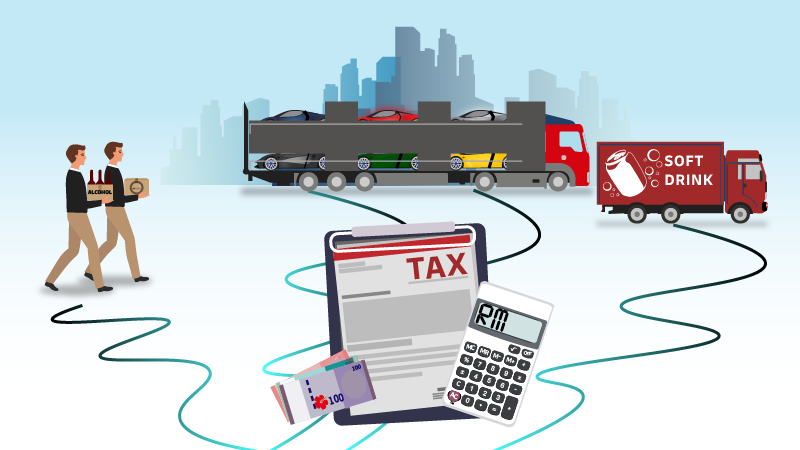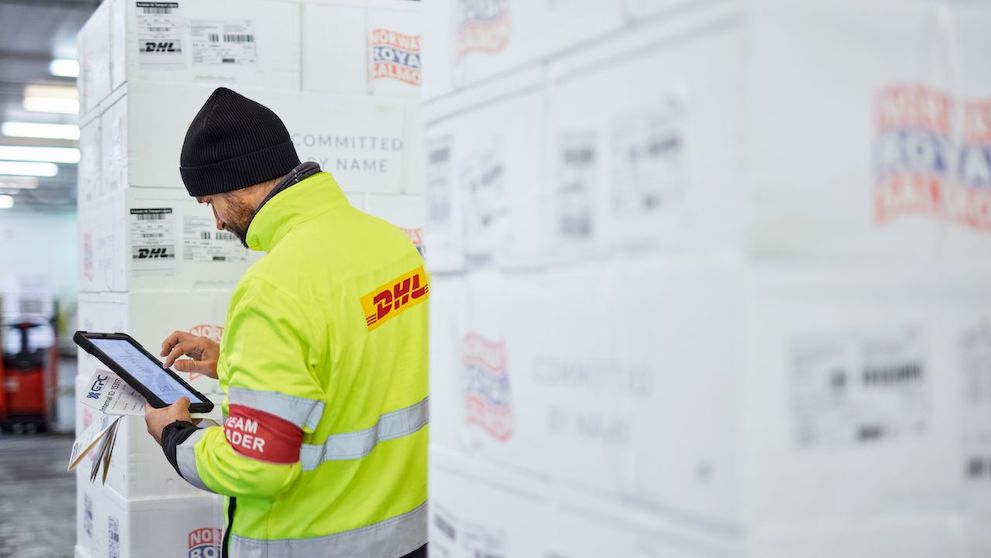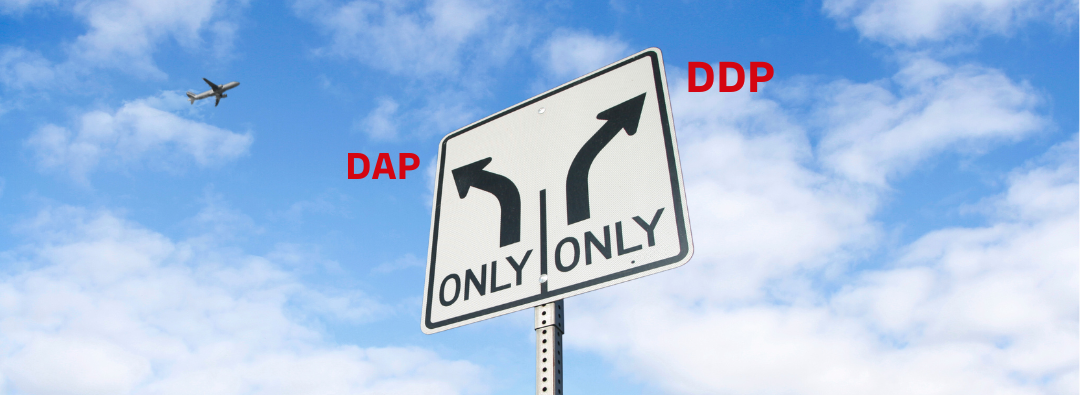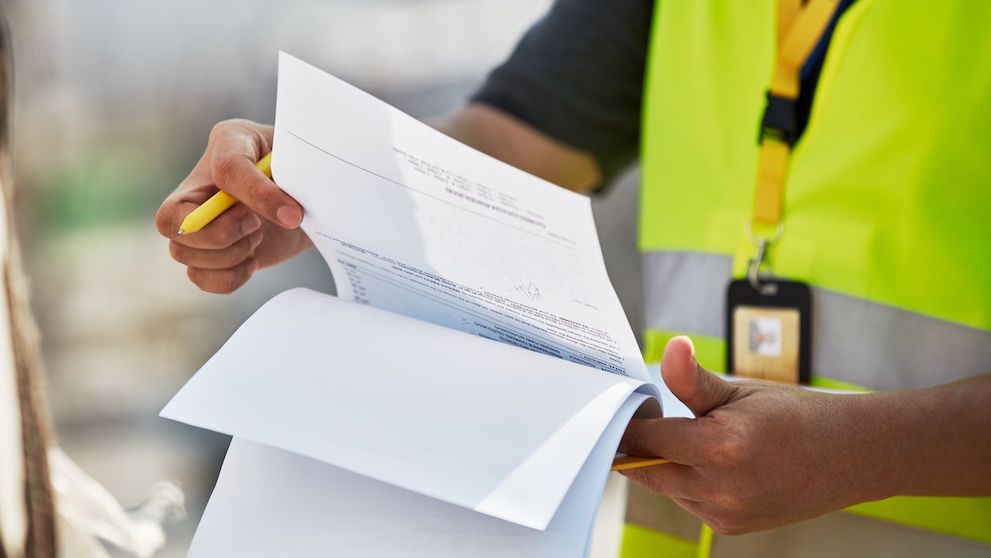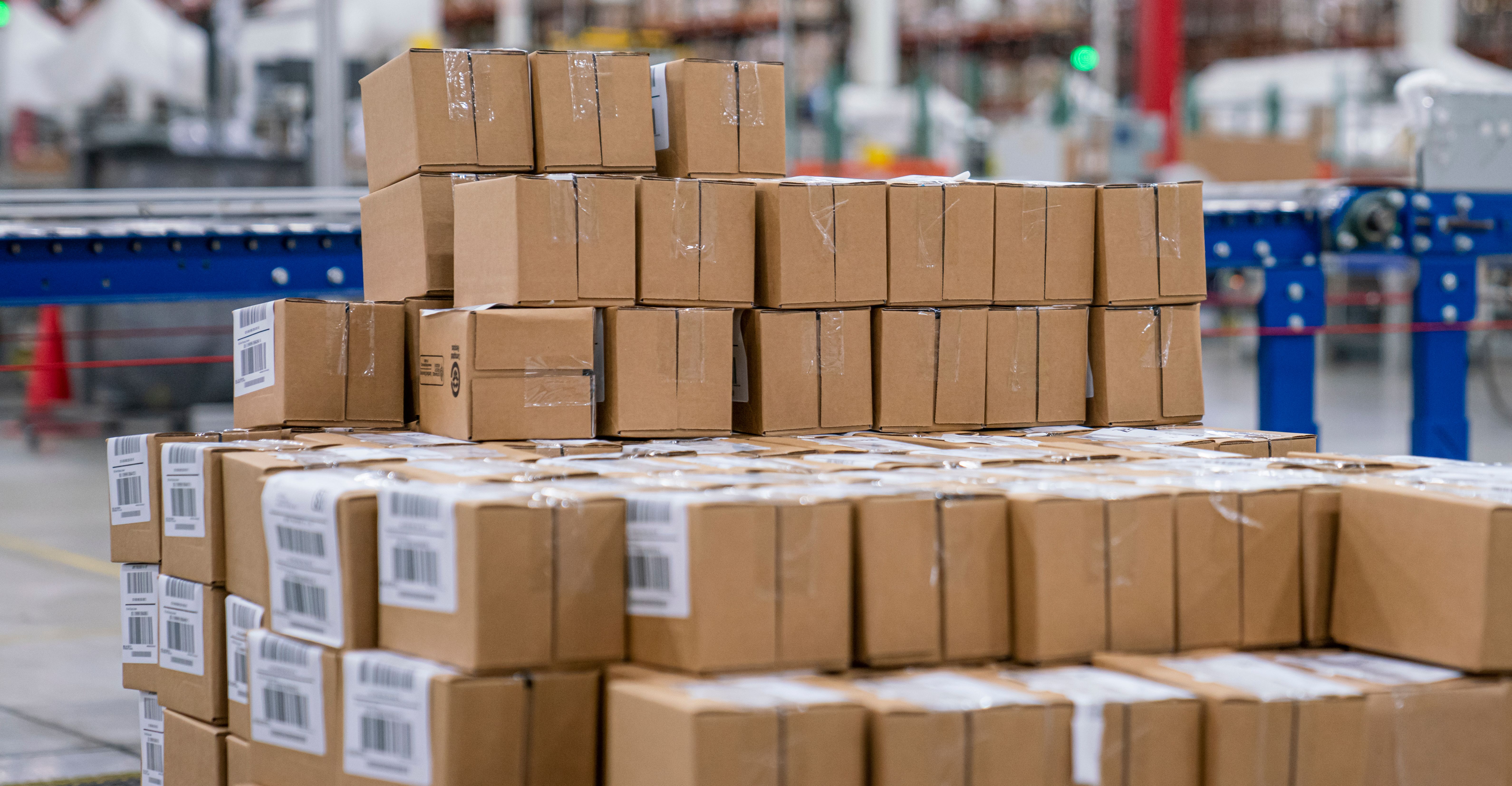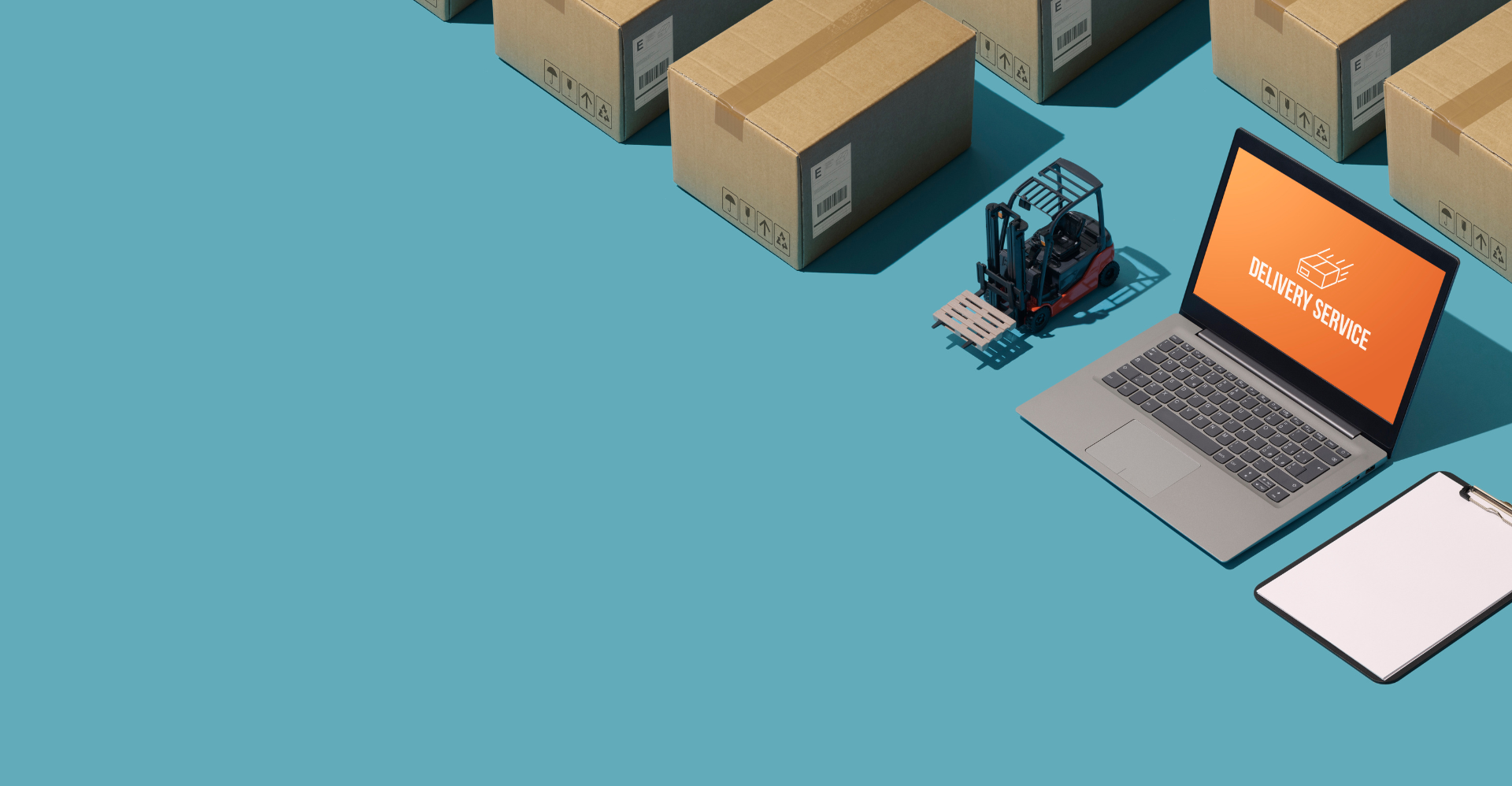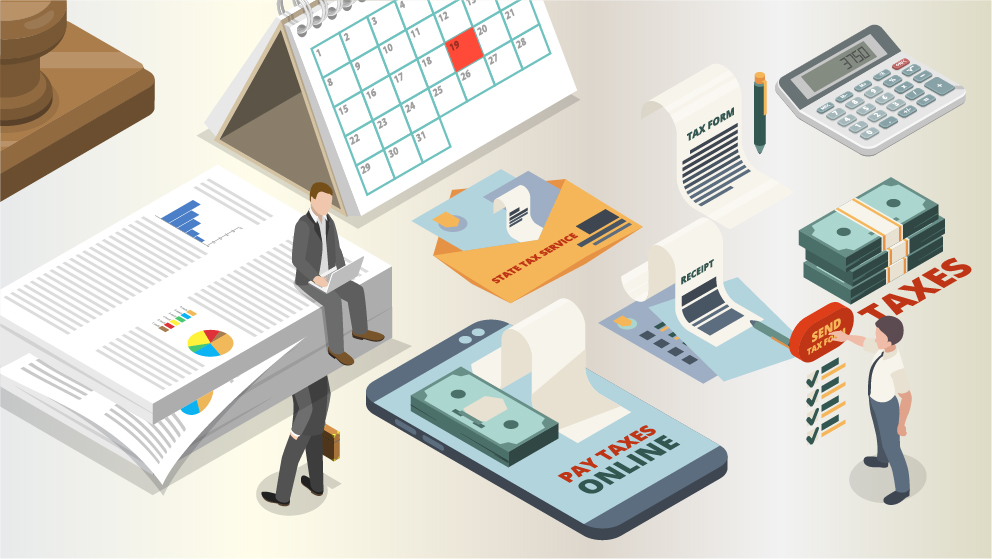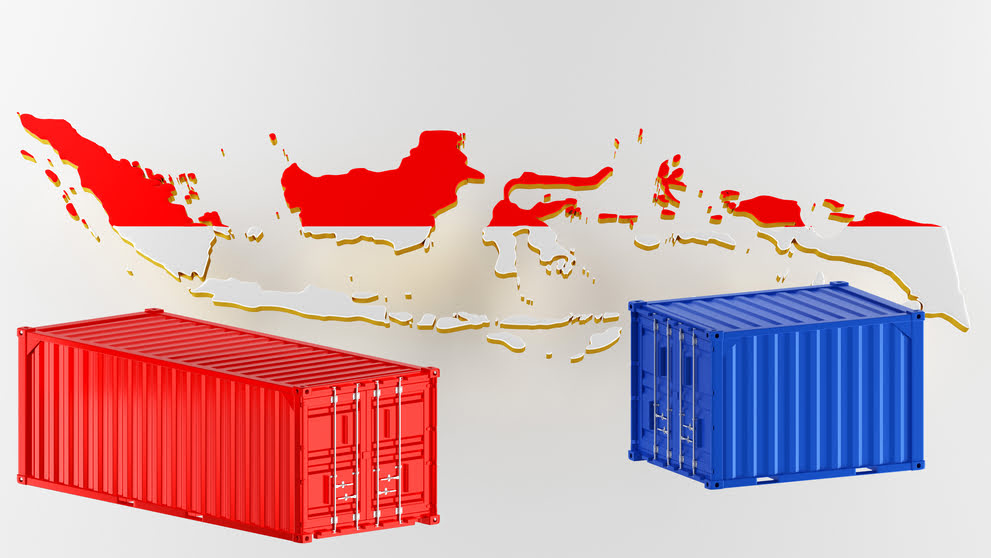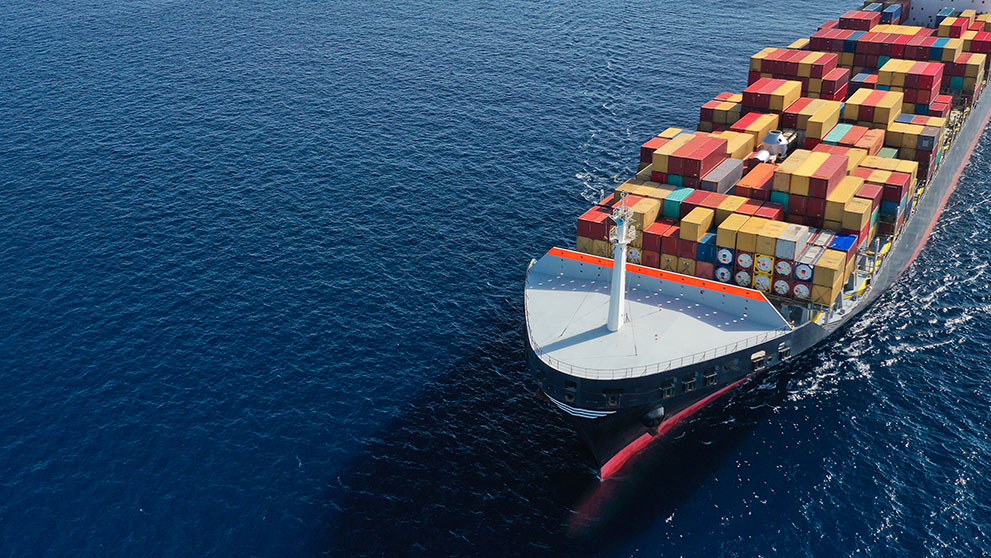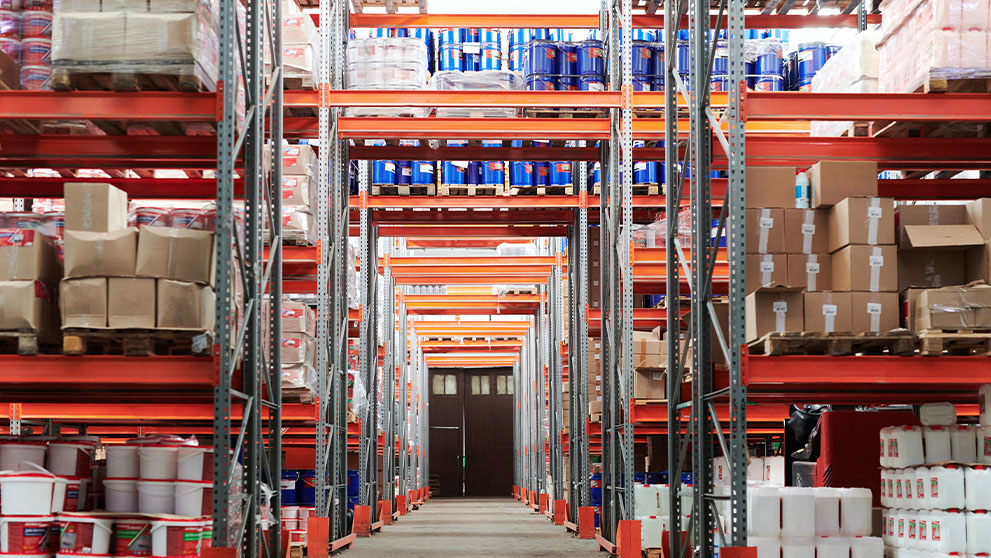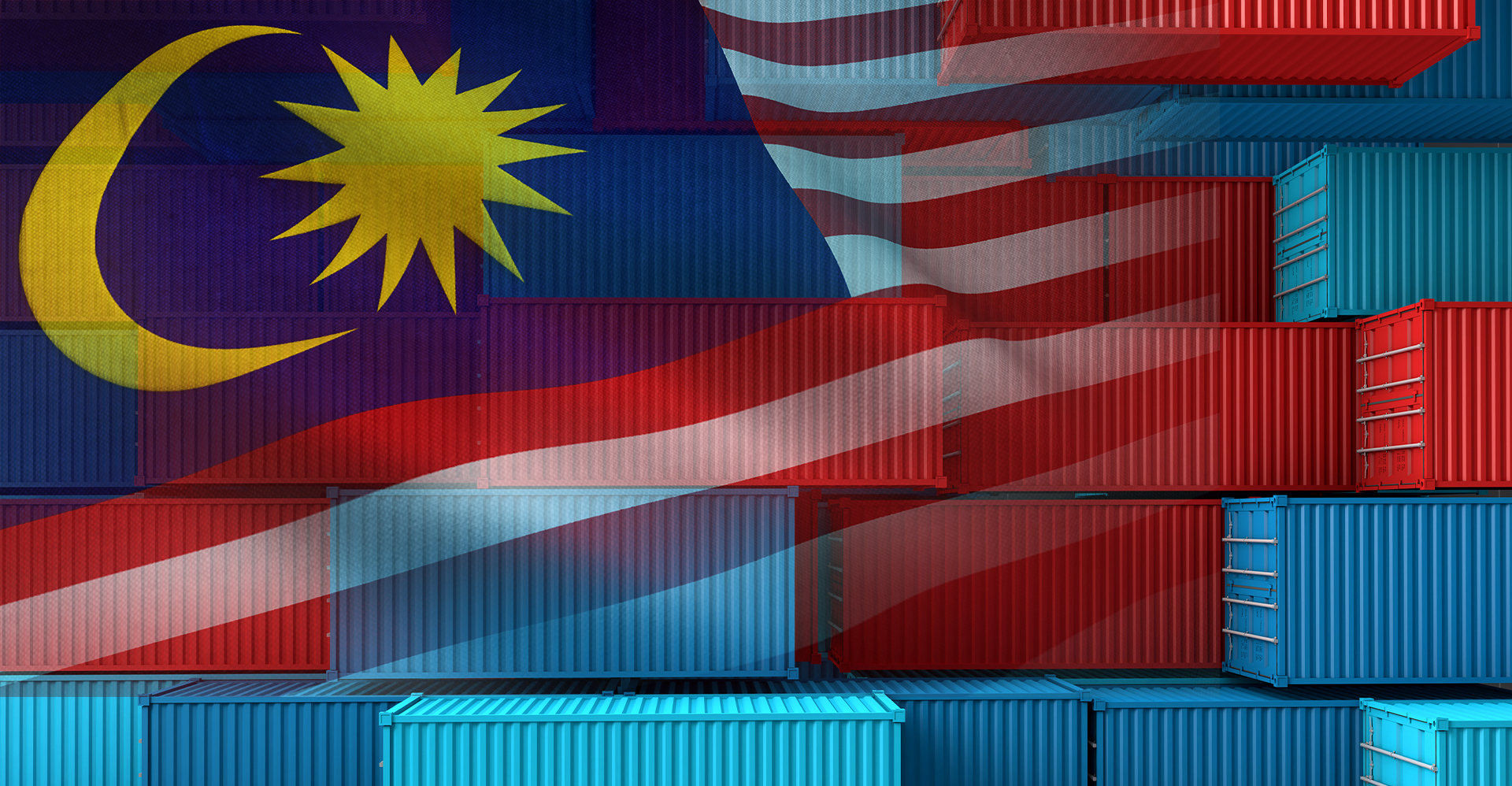A air waybill, also commonly referred to as a waybill, shipping label, consignment note, delivery order, or tracking slip, is an essential document that accompanies a shipment and supports its identification, management, and tracking throughout the shipping process.
Whether you're an individual or a business shipper, here's everything about air waybill that you want to know for a smooth shipping experience:
- What is the purpose of an air waybill
- What information does an air waybill contain
- How do you track a DHL Express shipment using an air waybill
- How to create a DHL Express waybill
- How to print a DHL Express waybill (or use digital option)
- How do waybill number formats differ across couriers
- How does an air waybill compare with other shipping documents
The Purposes of an Air Waybill
At its core, a waybill exists to support efficient shipment identification and handling across the shipping process.
However, its function varies depending on who uses it.
Here are all the main purposes of a waybill:
Tracking
This is perhaps one of the most important function for both shipper and shipment recipient. The unique tracking number on the waybill is a crucial piece of information used to check the current location of a package and its estimated delivery time.
Customs Processing
A waybill contains all the necessary information customs authorities need to assess shipments for clearance and taxation.
Handling and Delivery Instructions for Courier
Every waybill contains all information about a shipment that helps couriers sort and deliver parcels quickly and accurately.
Proof of Shipment
Once the waybill is signed by both parties, it becomes enforceable by law. In case of conflicts, claims, or disputes, it can be used as legal evidence to resolve the issue.
The Information on a Air Waybill
As the main function of an air waybill is to ensure smooth handling throughout the long shipping journey, it contains all the essential information required for shipment processing.
These are the five types of information typically included in a waybill.
Shipper's Details and Address
Essential shipper details like name, contact number, address, email and company information must be clearly stated.
Receiver's details and address
The recipient’s name, contact number, delivery address, email, and company name are some of the essential details that must be included.
Shipment details
Information that accurately represents the shipment’s contents, including HS codes, volumetric weight, and units, must be clearly stated.
Barcode
Each waybill carries a unique barcode that allows customs and logistics providers to quickly verify and process the shipment, while also providing timely and accurate tracking updates for shippers.
Payer account number
For DHL Express shipments, the waybill includes a valid DHL Express account number linked to the party responsible for paying the transportation fees.
Apart from these specific, a waybill also encompasses information like the three-letter origin airport code, three-letter destination airport code, declared shipment value for customs, number of pieces, and any special instructions (e.g., "perishable").
Here’s a breakdown of the key information on a DHL Express waybill:
Track DHL Express Shipment with Waybill Number
As mentioned earlier, you can track your shipment using the unique 10-digit numerical code on your air waybill, commonly known as the tracking number or waybill number.
Follow these steps:
- Visit DHL Express Malaysia tracking page.
- Enter the 10-digit numerical air waybill (AWB) number stated on the waybill.
How to Create a DHL Express Waybill
When shipping with DHL Express, whether sending a single document, an individual item, or bulk shipments, a waybill is automatically generated upon booking in MyDHL+.
Here are some of the options:
For Quick and Instant Shipping
Whether shipping a single document, individual item, or multiple goods in one shipment, one-time shipments can be made as a guest—no account required.
However, creating a MyDHL+ account is highly recommended. It saves your shipping records for future reference and enables faster repeat shipments with default shipping settings.
Use this step-by-step waybill creation guide to begin.
For Business Shipping
Frequent or bulk shipments are best managed through a DHL Express account. Not only does business account allows easier tracking and handling of all shipments across multiple stakeholders, you account comes with business-exclusive tool such as enterprise-level shipping management tool.
How to Print a DHL Express Waybill
To print your shipping label using MyDHL+, follow these simple 3 steps:
Step 1: Enter Your Shipment Information
Create a shipment on MyDHL+. Follow this guide to begin.
Step 2: Print Your Label
At the final step of booking, select to print the label or use the label-free option (available for individual shippers only). Refer to the shipping label guide for details.
Step 3: Attach Printed Label
Place the printed label in a self-adhesive pouch and attach it securely to the top of the package.
Step 3: Use Label-Free Option
If printing isn't available, select the label-free option to ship without a physical label. A QR code will still need to be printed and shown to the courier during shipment handover.
Refer to the label-free guide for step-by-step instructions.
The Difference Between DHL Express and Other Couriers’ Waybills
Every shipping provider, whether international (like FedEx, UPS, J&T Express, SF Express) or domestic (like DHL eCommerce, GDEX, Shopee Express, Skynet), has its own tracking system and waybill format. These differences are important when identifying which service a shipment belongs to.
Even within the DHL Group, our services operate independently. DHL Express and DHL eCommerce may be part of the same group, but we run separately, each with its own systems, processes, and waybill format.
To identify whether a shipment is from DHL Express or DHL eCommerce, just check the waybill number format:
- DHL Express waybill numbers consist of 10 digits. Example: 1234567890
- DHL eCommerce waybill numbers are alphanumeric, typically 16 characters long. They begin with up to 5 letters, followed by numbers. Example: ABCDE1234567890
The Difference Between Air Waybills and Other Shipping Documents
The air waybill is one of the most important documents in air shipping, but it’s often confused with other paperwork like commercial invoices, bills of lading, or even shipping labels.
While these documents may appear similar or be used together during shipment, each has its own purpose.
Here’s a quick comparison to help you understand how the air waybill works differently from the rest.
| Comparison | Differences |
| Air Waybill vs. Sea Waybill | An air waybill is used for shipping by air and is issued by the airline or courier. It includes details like who’s sending and receiving the package and where it’s going. A sea waybill serves the same purpose but is used for ocean shipments. Both are used to guide the shipping process, but they’re made for different types of transport. |
| Air Waybill vs. Commercial Invoice | An air waybill helps move the shipment through the delivery process, while a commercial invoice acts like a receipt. The invoice shows what’s being sold, to whom, and how much it costs. It’s mainly used for customs to calculate taxes and verify the contents of the shipment. |
| Air Waybill vs. Bill of Lading | A bill of lading is traditionally used for sea freight and serves multiple purposes. It acts as a receipt, confirms the shipping contract, and can be used to transfer ownership of the goods (also known as a document of title). An air waybill, used in air freight, works similarly but is only meant to move and track the shipment. It doesn’t give ownership rights. In the context of air shipping, the term “bill of lading” usually refers to the air waybill. |
| Air Waybill vs. Shipping Label | An air waybill is a legal document that acts as a contract between the shipper and the airline. It includes full shipment details like sender and recipient info, description of goods, weight, and payment terms. It’s used for tracking, customs clearance, and serves as proof of the shipping arrangement. A shipping label is a sticker placed on the package with key details like addresses, a barcode, and service type for sorting and delivery. In air shipping, both terms are commonly used to refer to the same thing. |
| Air Waybill vs. Consignment Note | A consignment note is a general transport document used across various modes of shipping—road, rail, sea, and air. It records the agreement between the sender and the carrier, listing key shipment details like the sender, receiver, goods description, and delivery terms. Its main purpose is to confirm what’s being shipped and under what conditions. In air freight, this document takes the form of an air waybill. It includes all essential shipment information and is used for tracking, customs, and proof of carriage. In short, consignment note is a broad term used across various transportation modes. In air freight, it usually refers to the air waybill. |

